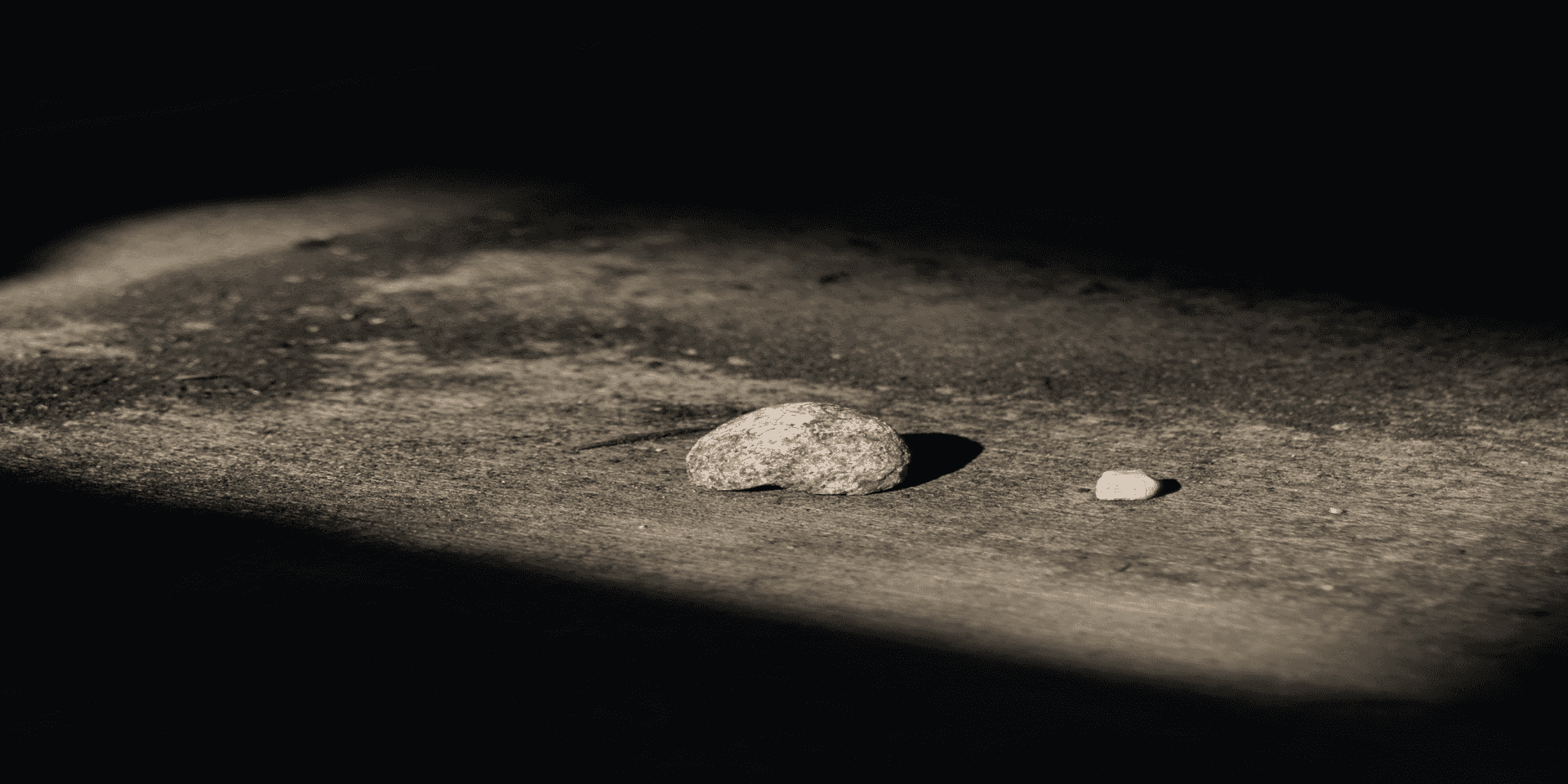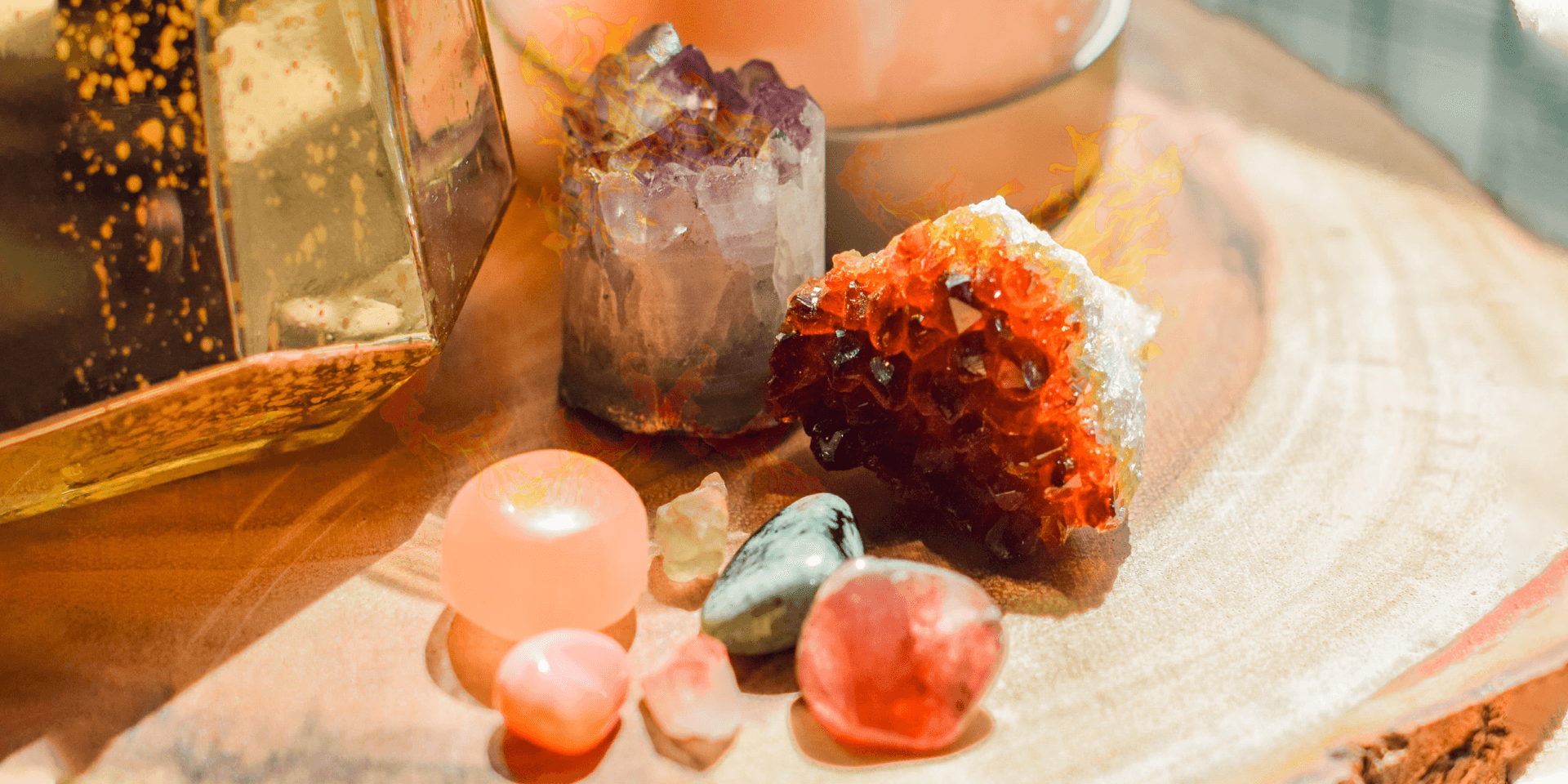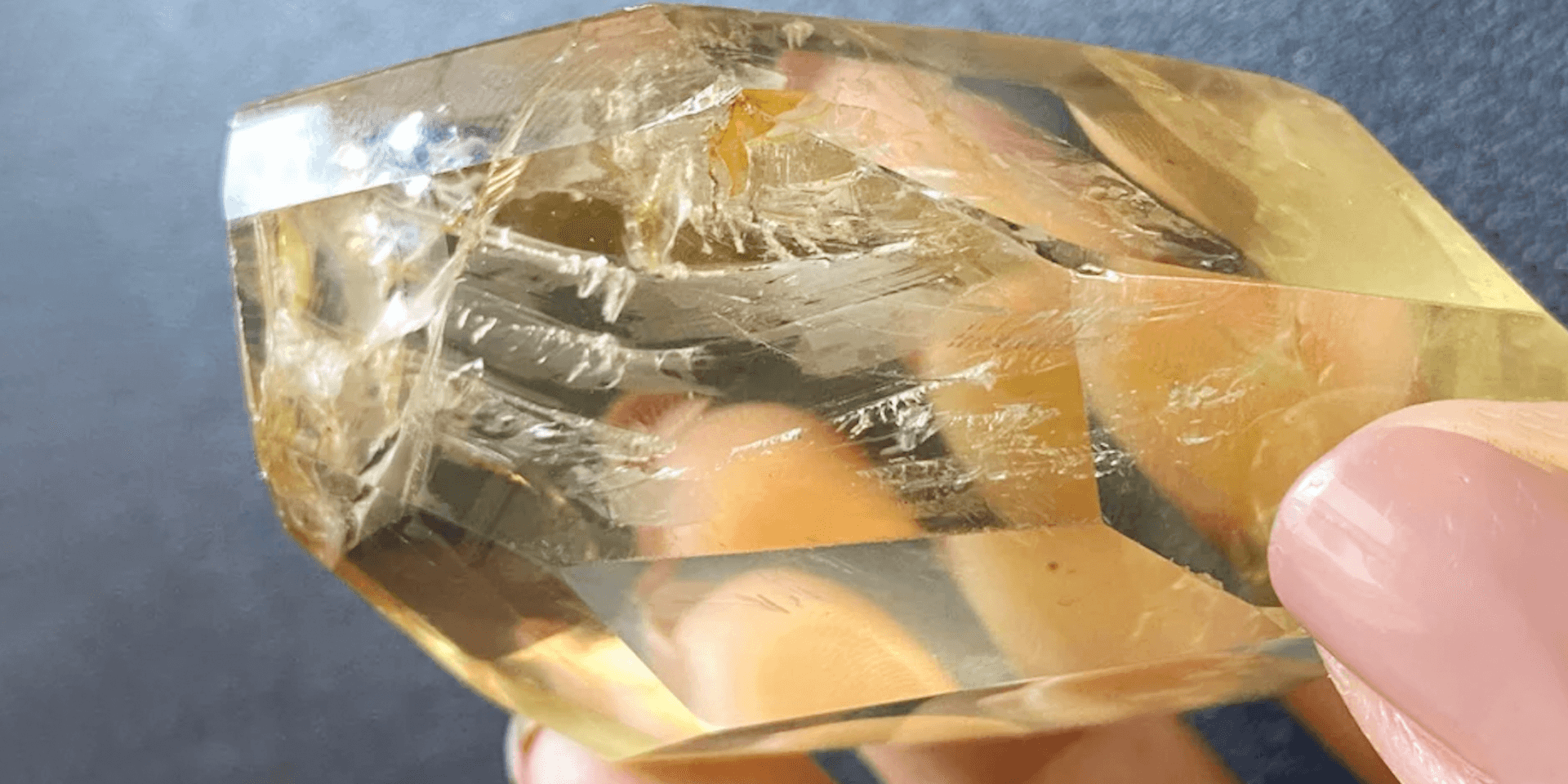Are Crystals From The Earth?
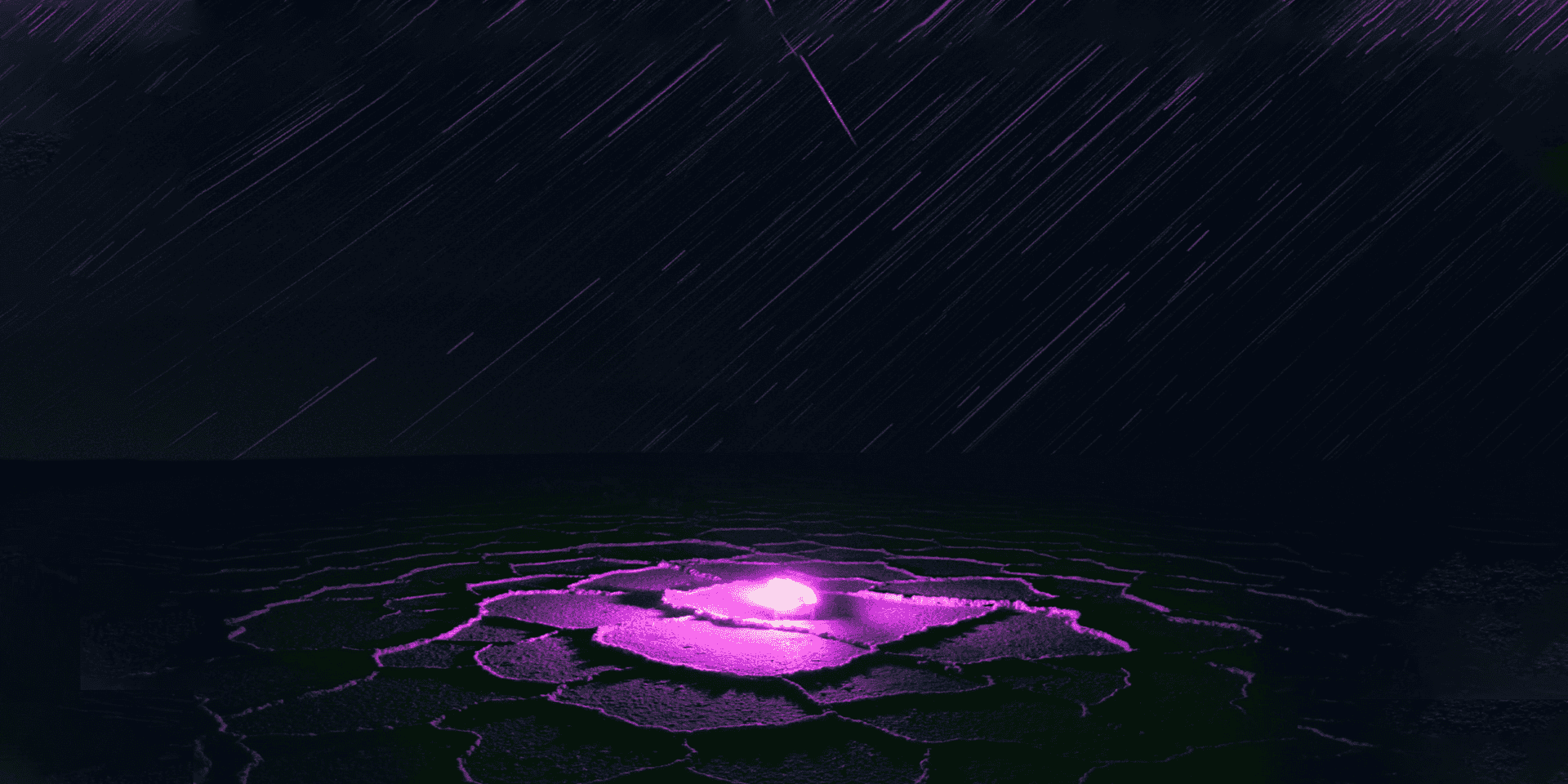
Since crystals are featured so prominently in fantasy, you might think that all crystal comes from meteorites. In fact, almost all crystals were created on Earth -- but there a few exceptions like Hibonite.
Crystals from outer space
In 1969, a meteorite named the Murchison Meteorite fell to Earth. That meteorite had a deposit of rare crystals called Hibonites.
These hibonite crystals were formed before the Earth, nearly 4.5 billion years ago.
Scientists identified that the hibonite crystals had lots of helium and neon atoms as a result of all the energy coming from an infant Sun.
There have also been many crystalline stuctures found in Iron deposits on meteorites too.
Where do crystals come from?
When most people think of crystals they imagine a shiny gemstone on a ring or royal crown.
The gems you see in jewelry are crystals.
But!
The crystals we find in the wild look much much different. When you find crystals in the wild they're surrounding by other minerals like this picture below.
Raw Banded Agate Amethyst Geode
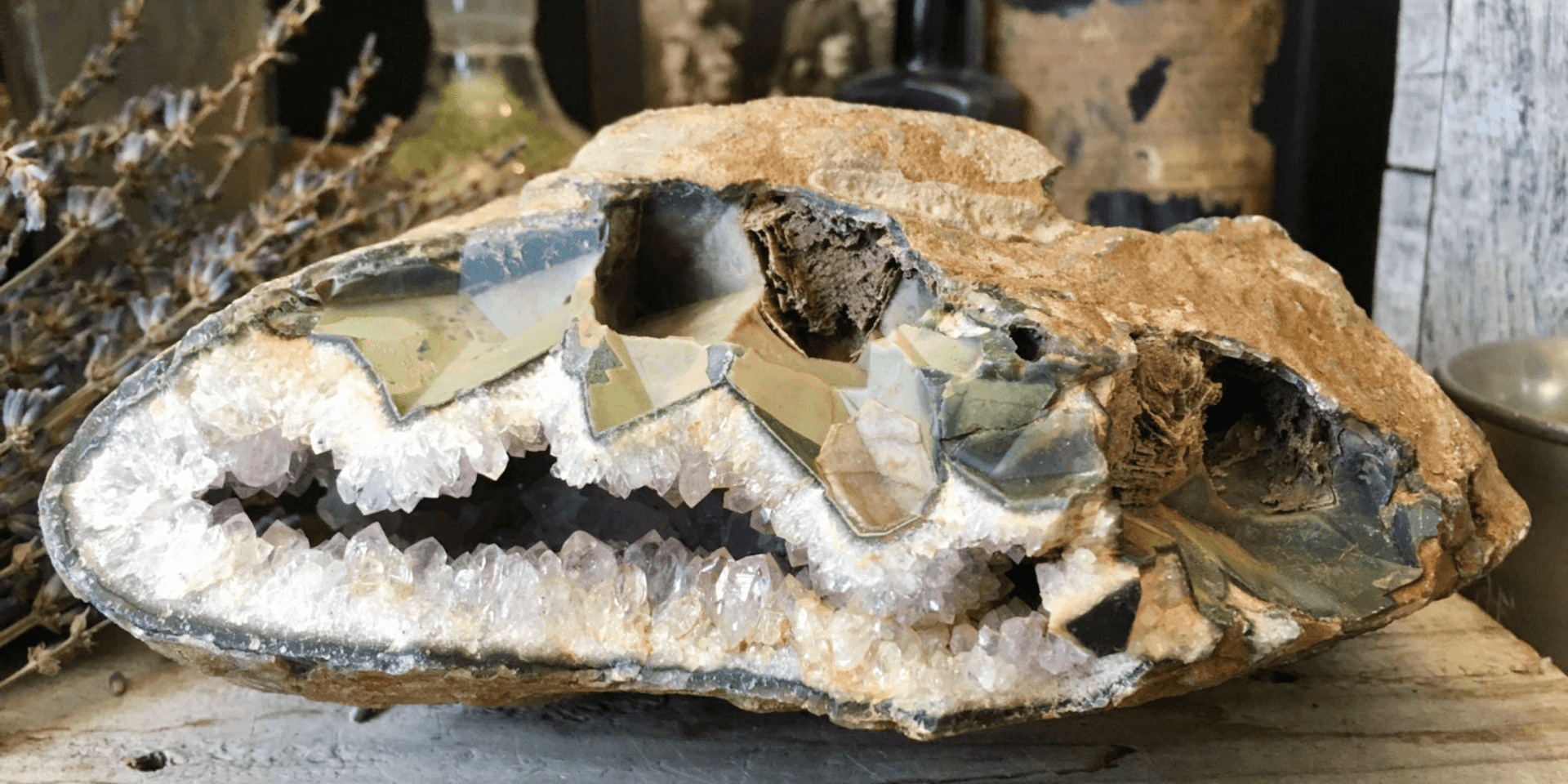
Rocks that contain valuable mineral like gold, silver, or crystal are called "ore" -- and are usually deep underground.
Because ore can be hard to get to, people build dig tunnels and caves to hunt for valuable minerals.
Almost every crystal in the market today comes from a crystal mine. Even smooth tumbled pieces started off as raw mineral.
Is crystal made of earth?
Our Earth's core is almost exclusively magma, so it's fair to say that crystal is made of Earth in the most literal sense.
All of the ingrediants that go into making a crystal come from the Earth itself and aren't something that man made.
Even "special" crystals like Aqua Aura Quartz that have been combined with metals still use Earth based ingrediants.
What are crystals made from?
In the section above we hinted that crystals are formed from magma when it cools.
Which is true.
But crystals can actually form in 3 different ways.
Collecting vapor can form a crystal
You can get crystals from a solution
Melting a compound can leave you with a crystal
All 3 ways almost always result in the crystal having a large amount of Silicon Dioxide (SiO₂).
While crystals do have different mineral compositions, Oxygen (46%), Silicon (27.7%), and Aluminium (8.2%) are the most common elements in crystal.
Are crystals naturally occurring?
Most crystals are naturally occuring structures that are found buried deep in the ground.
There are exceptions!
They are the crystals that come from meteorites we mentioned above. And there are crystals that are grown in labs.
Diamonds, Emeralds, Sapphires, and Alexandrite can all be sythnetically grown in labs.
How Do You Grow a crystal?
The industry standard proccess looks like this:
- Take a small sliver of natural crystal and place it in a crucible container.
- Fill the contianer with a specific blend of liquid to support crystal growth.
- Keep everything heated to at least 1,100 degrees celsius.
- Never ever go below 1,100 degrees.
- Throw away 80% of the gems during quality control.
Where are crystals found in the world
The better question is, where AREN'T crystals found??
You'll be hard pressed to find any place on Earth that doesn't have some variety of crystal.
Places like the artic, and a desert won't have any to find crystals... but they're still there deep in ground.
Just a few years ago there was a deposit of rare Spinel found on Baffin Island.
What are crystals used for
Answering this question depends on if the person asking means their techincal uses or their metaphysical.
If you want to read about a crystal's more techincal uses then I suggest taking a look at one our crystal guides that covers each crystal's metaphysical healing properties in detail.
There are a lot of modern technologies that still rely on crystals to function such as
- LCD Screens
- Clocks
- Microphones
- Computers
- Ultrasound reading
Where To Learn More
Check our articles that cover more common questions!

